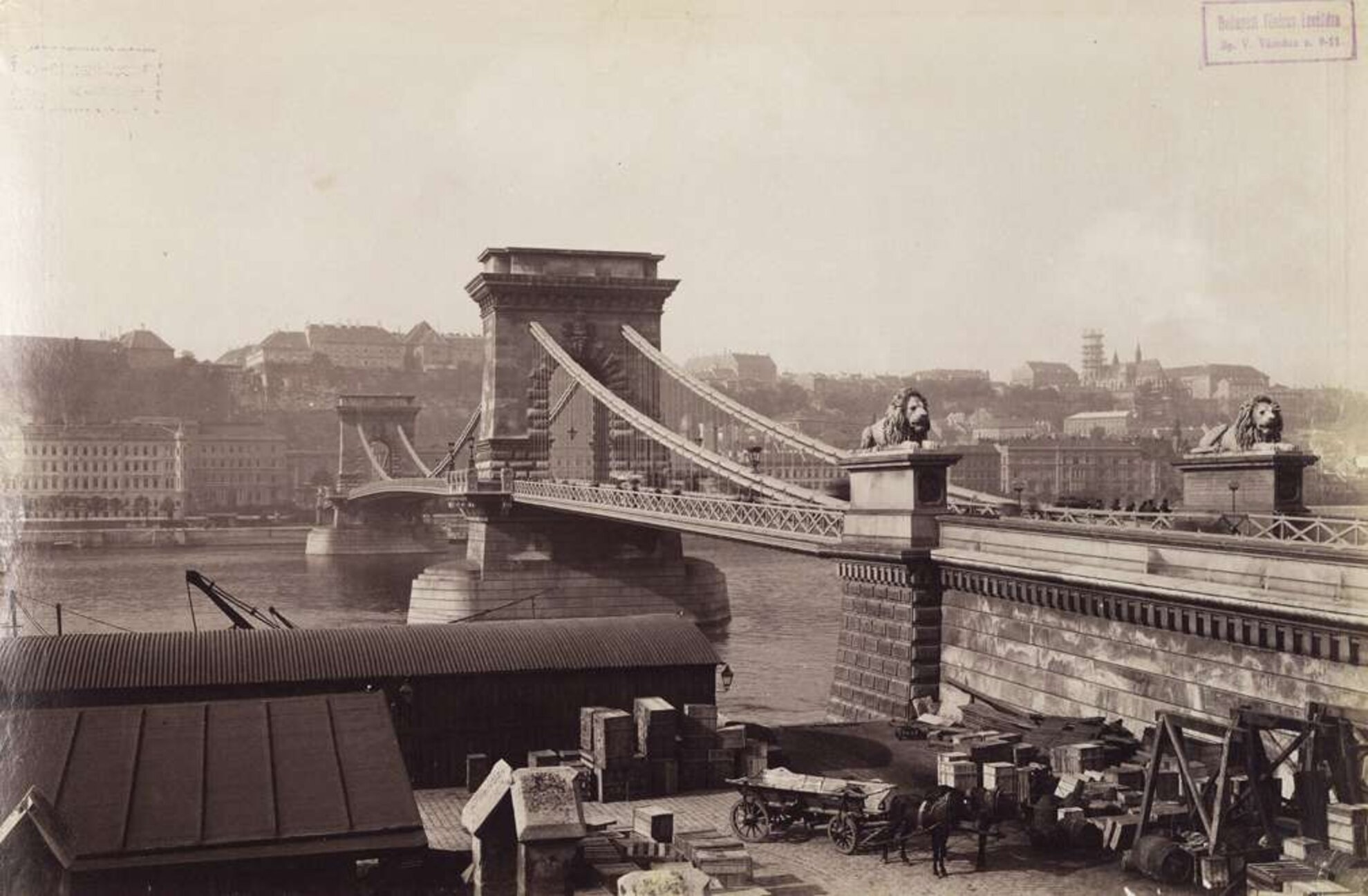Through good times and bad times since the mid-1800s, photographers continually capture various scenes across Budapest, and many of their pictures can now be admired online. Several fascinating websites present assorted retrospectives of the Magyar metropolis – from a comprehensive database of historic images, to stirring mash-ups that juxtapose pictures of war-torn Budapest with modern-day peacetime snapshots, to fresh portrayals of the city’s almost-forgotten neon signs – and these pictures can reveal striking realizations about the drastic changes that happened here over the past decades.

If we type the word “Budapest” into the search box of Fortepan – an open-source Hungarian photo archive site with a rich selection of image documentation from the past, also providing English-language information – the result is an overwhelming collection of nearly 20,000 pictures, taken over several decades and various settings citywide. The photographs show iconic structres, like the Chain Bridge and the St. Stephen’s Basilica, throughout peaceful and tumultuous times, including extensive city reconstruction works after Hungary grappled with war, alongside several urban snippets and peeks into local people’s lives. Fortepan is used as a credible source by different mediums, and the images published here inspire the works of many artists.

Embark on a time-transcending journey with Zoltán Kerényi’s creative images, juxtaposing mostly monochrome pictures of historical Budapest sites with present-day photos taken at the same locations as the original images. These merged images bring together local happenings from different generations, like the two young ladies – one from the present and the other from the past – sitting face-to-face on Fishermen’s Bastion, or Budapest’s state-of-the-art amphibious RiverRide bus floating alongside vessels from decades ago, or a burning tank before a downtown Burger King entrance, alongside many other interestingly incongruous milieus.

During his past visits in Budapest, Dublin-based photo artist Marc Redmond was so intrigued by the city’s sights that upon his return to Ireland, he decided to meld all that he saw around the Hungarian capital with historic photographs. The result? An exciting assortment of quaint depictions of the city, presenting the viewers with a bizarre outlook of Hungary’s turbulent times, including snippets of the 1956 Revolution that are placed into their present-day contexts, like the massive military truck parked amid Astoria’s current settings, or the soldiers marching across Kálvin Square’s modern milieu, along with other rare representations of earlier and later eras.

A local man rides along the riverside on an Ardie 125 motorbike; an antique tram line adds a pinch of color to the urban landscape along Kossuth Lajos Street; a monumental steamboat sails along the Danube; a young lady hands out pinwheels to a child: these are everyday Budapest scenes from the 1940s recently published by The Vintage News, a website presenting classic snaps from historical times worldwide, and this representation of the Hungarian capital grants us vivid hints of how days went by decades ago in this ever-mesmerizing metropolis.

Found on a Facebook page called Budapest régen és most (“Budapest then and now” in Hungarian), Márton Dombóvári’s creatively combined images present nice comparisons of the city from the olden days and now, by precisely blending early black-and-white depictions of Budapest with recently taken color photographs snapped at corresponding locations. By merging the monochrome images with pigmented portrayals, the contrast in quality and the noticeable changes that happened across the city during the past decades reveal the great disparity between bygone periods and our current times, like the remodeling of the various transport conveyances, the revamped cityscape, and changing trends in fashion.

Bewitched by old-school neon advertisements, Budapest-based Catalan photographer Isabel Val captured the city’s dilapidated decades-old signs that still decorate the town, focusing on the once-luminous lights that characterized the cityscape during the ’70s and ’80s. Isabel’s photos take us to a nostalgic state of mind, featuring several almost forgotten logos and trademarks, like the signs for Hungary’s erstwhile Sztár beverage and the OTTHON department store that both towering above downtown Rákóczi Street, or the still-functioning retro sign of the Budapest Bábszínház (“Puppet Theater” in Hungarian) on Andrássy Avenue, alongside many other glowing glassworks.

This public Facebook group provides a showcase to reminisce about historic Budapest with a selection of antique photos from before 1990, submitted by the group members and gathered from various online sources. Hundreds of images honor the city’s old-world charm, introducing Budapest from many different aspects to those who scroll through the site’s portfolio. Get lost in the cheerful crowds of celebrating people amid the Buda Castle’s sprawling garden in 1937, follow the funeral procession of Kossuth Lajos (the leader of Hungary’s 1848 Revolution), or check out how the Széchenyi Bath looked in 1927.




